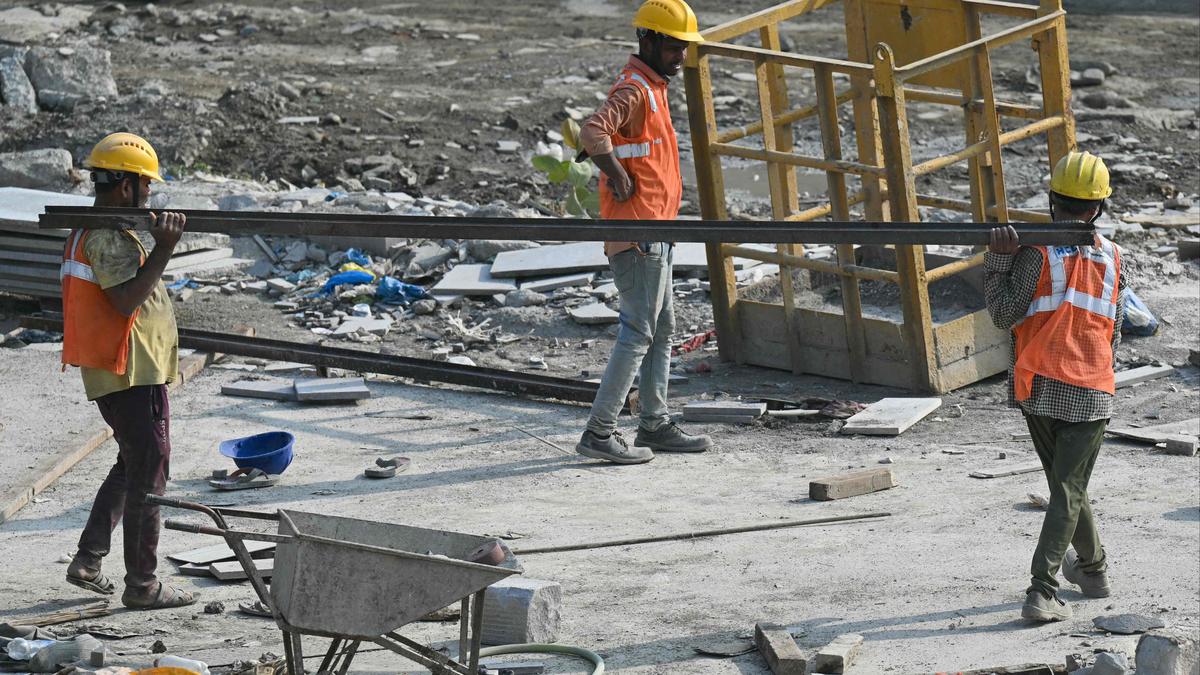India is experiencing a remarkable construction boom, witnessing the erection of over 3,00,000 housing units annually. This growth presents economic prospects and enhances living standards but also introduces notable environmental challenges.
Environmental Impact of Construction
The building sector, a major energy consumer in India, contributes to over 33% of the country’s electricity usage, thereby exacerbating environmental degradation and climate change.
India Cooling Action Plan
The India Cooling Action Plan anticipates an eight-fold surge in cooling demand from 2017 to 2037, emphasizing the necessity for thermal comfort while mitigating active cooling demand.
Initiatives for Energy Efficiency
Efforts to address energy inefficiency in residential buildings are imperative due to escalating energy and cooling demands spurred by factors like economic expansion, urbanization, heat islands, and climate change. Initiatives such as the Eco-Niwas Samhita (ENS) and the Residential Energy Conservation Building Code are steps toward this goal.
Eco-Niwas Samhita and RETV Metric
The ENS introduces the Residential Envelope Transmittance Value (RETV), which measures heat transfer through a building’s envelope. Lower RETV values contribute to cooler indoor environments and reduced energy consumption. Maintaining an RETV of 15W/m2 or less is recommended for optimal efficiency and occupant comfort.
Challenges in Promoting Energy Efficiency
Current construction trends prioritize fast-paced, energy-intensive techniques with active cooling strategies, often compromising thermal comfort. There is a need for broader awareness and adoption of climate-appropriate design and architecture.
Analysis of Building Materials
An analysis across four warmer climate cities in India reveals the popularity of materials such as Autoclaved Aerated Concrete (AAC) blocks, red bricks, fly ash, and monolithic concrete (Mivan). Despite sustainability concerns, monolithic concrete remains favored for its speed, strength, quality, and scalability.
Evaluation of Building Materials
AAC blocks consistently exhibit the lowest RETV across various climatic conditions, indicating their potential as thermally efficient materials. However, there are substantial differences in embodied energy among building materials, with monolithic concrete having the highest embodied energy.
Sustainability Concerns
Sustainability concerns encompass resource depletion, emissions, waste, and embodied energy. While AAC blocks offer lower embodied energy compared to red bricks and monolithic concrete, all materials present sustainability challenges.
Potential for Innovative Materials
India possesses untapped potential for innovative building materials. Interdisciplinary collaborations and optimization strategies can unlock sustainable solutions and foster a greener built environment.
Conclusion: Towards Sustainable Construction
Sustainable construction necessitates reimagining design, promoting innovative materials, and fostering a culture of sustainability. By prioritizing environmental goals, India can achieve resilient, energy-efficient structures that enhance quality of life.
Multiple Choice Questions (MCQ):
- What percentage of India’s electricity usage does the building sector account for?
- A) 20%
- B) 33%
- C) 50%
- D) 75%
- Answer: B) 33%
- What does the India Cooling Action Plan forecast?
- A) Decrease in cooling demand by 2037
- B) Four-fold increase in cooling demand by 2037
- C) Eight-fold increase in cooling demand by 2037
- D) Stagnation in cooling demand until 2037
- Answer: C) Eight-fold increase in cooling demand by 2037
- What metric is introduced by the Eco-Niwas Samhita (ENS) to measure heat transfer through a building’s envelope?
- A) U-value
- B) RETV
- C) WWR
- D) Glazing performance
- Answer: B) RETV
- Which building material exhibits the lowest RETV across various climatic conditions?
- A) Red bricks
- B) Monolithic concrete
- C) Fly ash
- D) AAC blocks
- Answer: D) AAC blocks
- What is emphasized as crucial for achieving sustainable construction in India?
- A) Rapid construction techniques
- B) Higher embodied energy in materials
- C) Climate-appropriate design and architecture
- D) Increased active cooling strategies
- Answer: C) Climate-appropriate design and architecture
